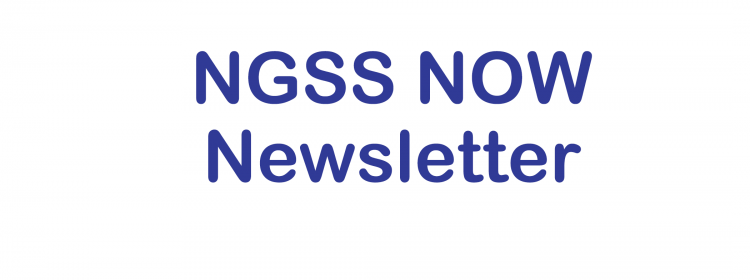
We sat down with Heidi Schweingruber, the deputy director of the Board on Science Education at the National Research Council (NRC), to discuss the role of the NRC’s fidelity review of the NGSS and the process involved.
Q: Please explain the relationship between A Framework for K–12 Science Education and the Next Generation Science Standards.
A: In 2012, the National Research Council released A Framework for K–12 Science Education as the first step in the two-step process to develop new science standards. The Framework proposed a new approach to K–12 science and outlined a broad set of expectations for students in science and engineering. The developers of the Next Generation Science Standards (NGSS) then used the Framework to develop both the structure and content of the standards. Many individuals familiar with the Framework were involved in the development of the NGSS. So, throughout the process of developing the standards, there was an active effort to maintain consistency with the Framework. Once drafted, the NGSS underwent a fidelity review by the NRC to evaluate whether the standards were consistent with the ideas laid out in the Framework.
Q: Why does fidelity matter?
A: The expert committee that developed the Framework went through a comprehensive process that included research-based evidence on how students learn, input from a wide array of scientific experts and educators, and past national reform efforts, as well as its members’ individual expertise and collective judgment. The NGSS is meant to provide unifying guidance for the nation’s schools to improve all students’ understanding of science. It’s important to have consistency between the Framework and the NGSS.
Q: Who made the fidelity judgment?
A: A number of expert reviewers* were chosen by the NRC for their technical and scientific expertise and familiarity with the Framework. The formal NRC review conducted by this group of selected experts took place when the last public draft of the NGSS was released in January 2013. The feedback from the reviewers was then incorporated into the final version of the NGSS released in April 2013.
Q: How do you judge fidelity?
A: Reviewers were asked to focus on three points:
- Are the NGSS consistent with the vision for K–12 science education presented in the Framework?
- To what extent do the NGSS follow the specific recommendations for standards developers put forward by the Framework authoring committee?
- For consistency with the Framework, are other changes needed?
This review process determined that the NGSS are consistent with the content and structure of the Framework.
*The reviewers of the NGSS were
Philip Bell, Professor of Learning Sciences, the Geda and Phil Condit Professor of Science and Math Education, University of Washington
Rodolfo Dirzo, Bing Professor in Ecology, Department of Biology, Stanford University
Kenji Hakuta, Professor of Education, School of Education, Stanford University
Kim A. Kastens, Lamont Research Professor and Adjunct Full Professor, Lamont-Doherty Earth Observatory, Department of Earth and Environmental Sciences, Columbia University
Jonathan Osborne, Shriram Family Professor of Science Education, Graduate School of Education, Stanford University
Brian J. Reiser, Professor, Learning Sciences, School of Education and Social Policy, Northwestern University
Carl E. Weiman, Professor, Department of Physics, University of British Columbia
Lauress (Laurie) L. Wise, Principal Scientist, Education Policy Impact Center, HumRRO, Monterey, California